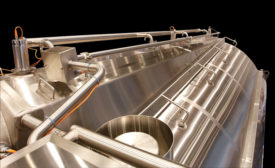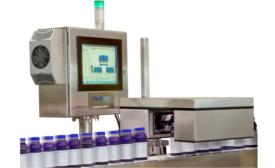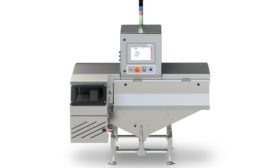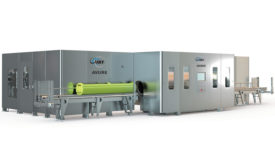Dairy Food Packaging
Machinery
New technologies in HPP, MATS and retort serve food manufacturers with options.
Read More
Sustainability Advantages of High Pressure Food Processing
How HPP cuts waste, lowers emissions and helps build a healthier, safer planet.
January 23, 2019








